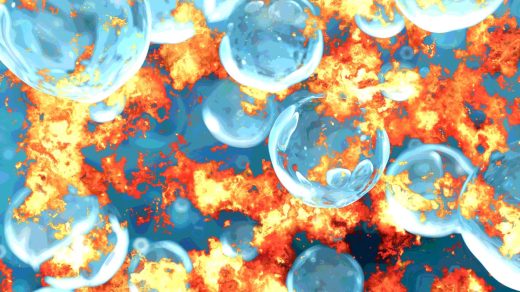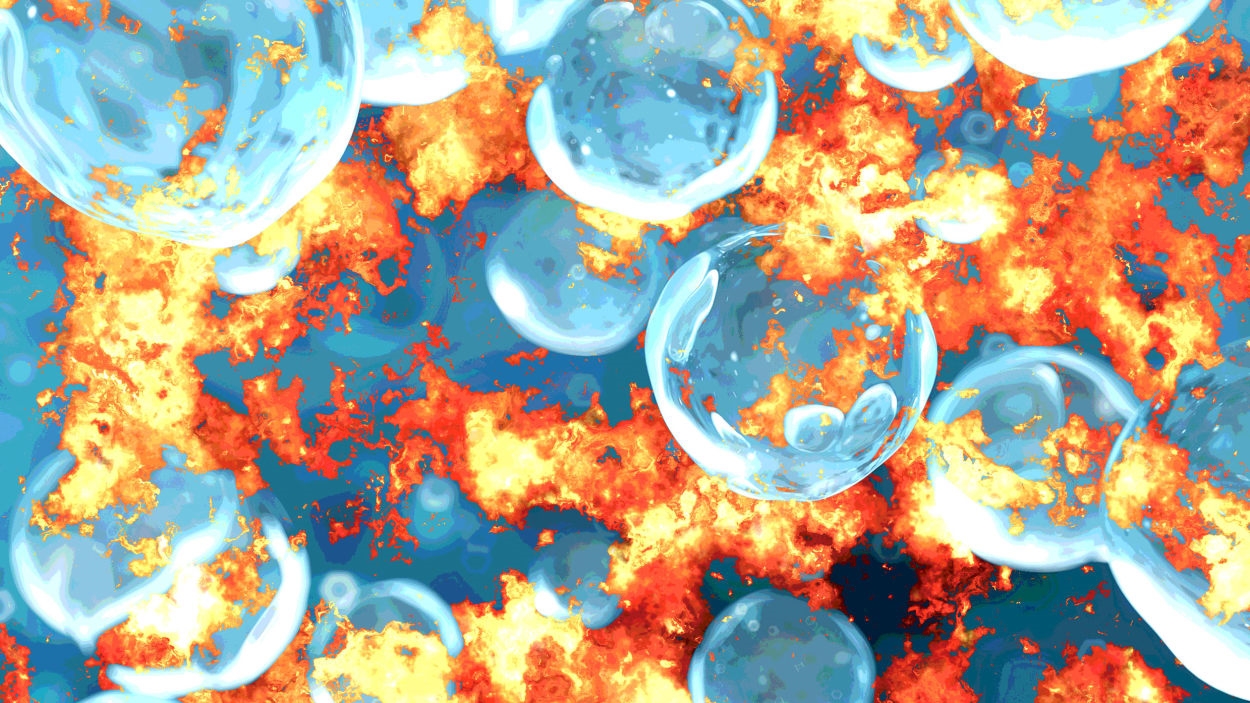How did a hurricane create a wildfire? The tragic science behind how the Maui fires spread so fast
At least 36 people have been killed and the historic Maui town of Lahaina has essentially burned to the ground as a series of wildfires sweep across the island, destroying homes and popular tourist destinations the state depends on for revenue.
It’s a situation that caught many people, including residents, by surprise—and has confused just as many. How did the combination of a hurricane and dry air in the middle of the ocean occur? And could it happen again, even after these fires are under control?
To wrap your head around what’s going on, there are a few assumptions you need to let go of. For instance, yes, Maui is an island paradise, but it hasn’t been spared the ravages of climate change and ecological problems. And this week, all of that came together in just the wrong way.
High winds
Trade winds are common in Hawaii. And right now, air is moving from a high-pressure system called the North Pacific High (located north of the island) to an area of lower pressure nearer the global equator. This week, though, Hurricane Dora passed to the south of the islands.
Hawaii wasn’t hit. The storm hit a comfortable 500 miles away from the island. But it impacted that low pressure system, strengthening the difference in air pressure. That made the trade winds blow stronger—and those have been a big part of the problem.
Much like the 2018 Camp Fire in California, which destroyed the town of Paradise and killed 85 people, the pace of those winds makes it incredibly hard for firefighters to get it under control and prevent it from spreading. Gusts have hit speeds of 80 miles an hour, the equivalent of a Category 1 hurricane.
Typical trade winds are expected to return Thursday, which should aid firefighters.
Dry air
Hawaii is in the midst of its dry season. The rainy season won’t start until November (and will run through March). For visitors, that normally makes this time of year ideal for vacationing on the island. At present, though, parts of Maui are in a severe drought, according to the U.S. Drought Monitor, including the area where Lahaina used to stand.
The state was already under a red flag warning when the trade winds began to blow. What sparked the fire is still a mystery, however.
“We don’t know what actually ignited the fires, but we were made aware in advance by the National Weather Service that we were in a red flag situation—so that’s dry conditions for a long time, so the fuel, the trees, and everything, was dry,” said Major General Kenneth Hara, commander general of the Hawaii Army National Guard, at a briefing on Wednesday.
Climate change has also led to a long-term drying of the state. A 2016 study of rainfall in Hawaii found that “from 1920 to 2012, over 90% of the state experienced drying trends, with Hawai‘i Island, and in particular the western part of the island, experiencing the largest significant long-term declines in annual and dry season rainfall.”
Ecological factors
Mitigating things in all of this is the invasive grass that covers parts of Hawaii, including Maui. Introduced in the late 18th century when sugarcane and pineapple plantations were started, the grass has since spread, filling any gaps it can find. It now covers 25% of the state—and it’s fire friendly, especially in a drought.
That’s, in part, what’s feeding the fires on Maui. And it’s keeping them so well fed that they can be seen by satellites at night.
As those grasses continue to spread across the island and hurricanes gain strength, officials worry that fires like this week’s might not be a one-off.
Despite the waterfalls and rainforests we all associate with the state, wildfires aren’t unheard of on Hawaii. Each year about 0.5% of the state’s total land area burns, according to the Hawaii Wildfire Management Organization. Most are caused by humans, but the organization warns that “an increasing amount of nonnative, fire-prone grasses and shrubs and a warming, drying climate have greatly increased the wildfire problem.”
(28)



